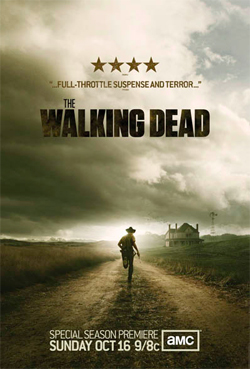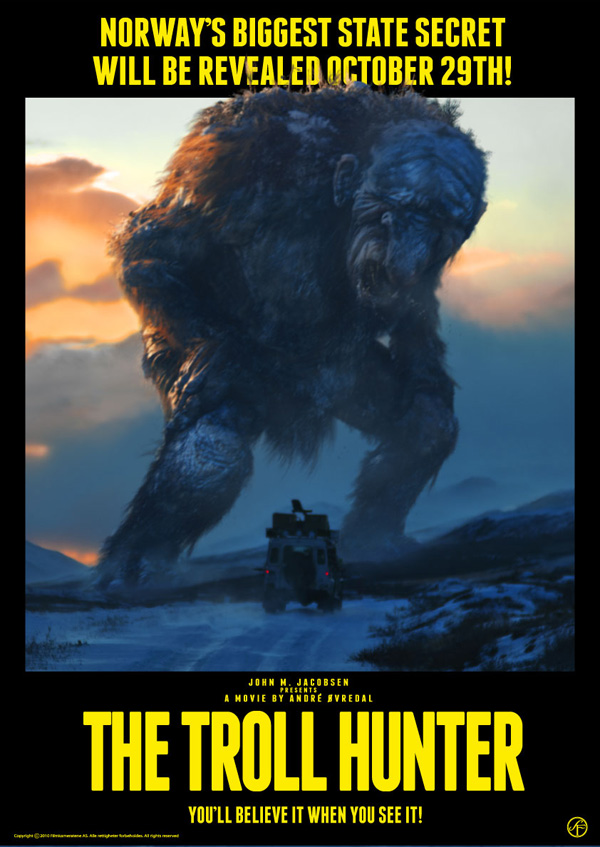I’m surprised that I want to
write about Zhang Yimou’s The Flowers Of
War. Not because it was bad. Quite the contrary. It’s actually very good.
Stunning in fact. But I’m surprised that I’ve chosen to write about this particular war film for the simple fact
that it’s not the best I’ve seen, yet something about it has really gripped me,
and I can’t stop thinking about it. Yimou, of House Of Flying Daggers and Hero
fame has crafted something quite spectacular here.
Based on the novel ‘13 Flowers of Nanjing,’ by Geling Yang,
The Flowers Of War tells the story of
a group of young Catholic girls trapped in their convent during the “Rape of
Nanjing” at the time of the Second Sino-Japanese War. A mortician from
the United States, John
Miller (played, surprisingly, by Christian Bale) stumbles upon the convent,
posing as a Priest to protect the girls, whilst offering shelter to a group of
flamboyant prostitutes from Nanjing’s
red light district. As Japanese forces conquer the city, Miller vows to get the
girls out of Nanjing
before they are all killed. The plot sounds a tad ridiculous and I was wary of
investing time in it, but Yimou’s war epic makes for fascinating and compelling
viewing.
 | ||
| John Miller (Bale) poses as a Priest to help the convent children. |
First off, I have to say the
cinematography is breath taking. Chinese film has really pushed the boundaries
in recent years, rivalling, even surpassing Hollywood in visual terms. Yimou throws us
right into the deep end from the ‘get go,’ plunging us into the heart of
battle. The violence never feels gratuitous or melodramatic; Yimou wants to
show us the unflinching barbarities of war, its representation one of the best
I’ve ever seen. Yimou counteracts this chaos with beautiful, lingering shots of
the convent that the girls are trapped in, a safe haven amongst this hell. I
particularly enjoyed the transition of steady, sweeping shots in the convent to
the shakiness of the handheld camera outside the church walls. Yimou
disorientates us when he explores the streets of Nanjing, yet that’s exactly as it should be,
and the film is stronger because of it. Maybe this is where Chinese cinema surpasses Hollywood. Yimou is not afraid to show us events that many directors would usually shy away from. The brutality of the Japanese soldiers is played out in front of us in excruciating detail, whether it be the execution of children or the rape of women. There's no holding back here and some of it is incredibly uncomfortable to watch as I'm sure was intended.
I love Yimou’s use of colour. It
plays a large role in the film whether it be the dark, dusty greys in war torn Nanjing or the incredible
multitude of colours that radiate from the stained glass windows of the convent.
Topped off with a simple, haunting and delicate score, The Flowers Of War is a technical triumph.
 |
| Prostitutes from Nanjing's Red Light District arrive at the Convent seeking shelter from the invading Japanese. |
That's not to say the film is without its problems. Christian Bale has always been a ‘hit
or miss’ actor for me. I could rave for hours about his performances in films
like The Fighter, American Psycho and
Empire Of The Sun yet others like The New World,
Reign of Fire and Little Women leave
a lot to be desired. Even his portrayal of Bruce Wayne in Christopher Nolan’s ‘Dark
Knight Trilogy’ isn’t really praise-worthy. There have always been stronger
actors in the Batman films that have reached new heights of brilliance while
Bale seems to get left behind. His performance in The Flowers Of War is a mix of both, and I think he’s hindered by
the script. Having a high profile Hollywood
actor play the part of John Miller is somewhat confusing. Why, I kept asking
myself, does he have to be American? Nationality plays a big part in the film
as you’ll see if you watch it, yet I don’t think the mergence of Chinese and
American cinema is quite as smooth as it could be, and it shows here in some
respect. Some of the dialogue between characters is jilted at times as a result of this. Having said that, there are elements of truth here. Americans did,
apparently, attempt to help Chinese civilians when it emerged
that the Japanese were not attacking ‘Westerners.’ It doesn’t help, of course,
that Bale (in my opinion) is once again ‘out-acted’ (if there is such a phrase)
by his young Chinese co-stars who turn in some ridiculously good performances
as the young convent girls. Special mention must go to Huang Tianyuan and Zhang
Xinyi. It must be hard, at a young age, to appreciate the gravity of
themes and issues explored in such films, yet these two are totally believable
in their portrayal of two girls clinging to survival in war.
 |
| The prostitutes and convent girls meet for the first time. |
The arrival of the prostitutes is
interesting. Many of the reviews I have read claim that the film’s more
pressing issues arrive along with these new characters. I disagree. The group
dynamic between the convent girls and prostitutes, the ‘saints’ and the ‘sinners,’
is intriguing to watch and fascinating to explore. Of course, a sub-plot
regarding the mutual attraction between John Miller and Yu Mo (Ni Ni) is
included and rushed through, which adds unnecessarily to the two hour and
twenty minutes run time, yet it’s a small issue.
 |
| Yu Mo and John Miller. |
Other scenes in the film seem out
of place, ridiculous even. Two of the prostitutes, for example, flee the
convent and journey to their brothel to gather strings for their instrument so they can play to the
dying soldier who they are caring for in their hideout.
Another scene where the prostitutes play a song for the convent girls descends
into something of a farce and there’s no real place for it in context. I hate
to say this, but it’s laughable. By all means, inject humour where humour can
be injected, but don’t force it on your audience. The Flowers Of War sets its sombre tone too early on in the film to
then throw such strange and weird scenes at us as it heads towards its climax.
The Flowers Of War is quite special. Deep, emotional and thought
provoking, Zhang Yimou continues his winning streak here. It’s not perfect, but
it’s definitely something you should see. The film only has a 41% approval
rating on review site, Rotten Tomatoes, which, quite frankly, baffles me. Many
have compared this to City Of Life And Death, another
film that deals with similar events. Apparently, it’s superior, although I
cannot judge as I have yet to see it. Judging The Flowers Of War on its own merits, however, I can safely say
that this comes highly recommended.
Rating: * * * *






















